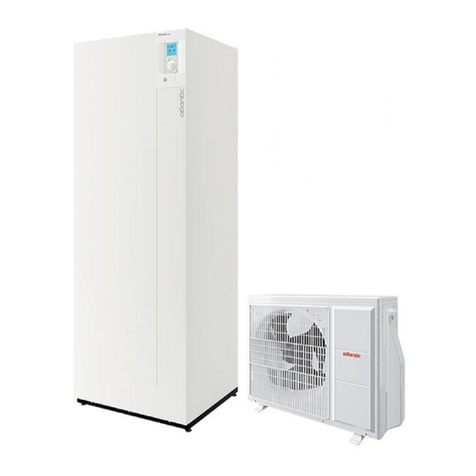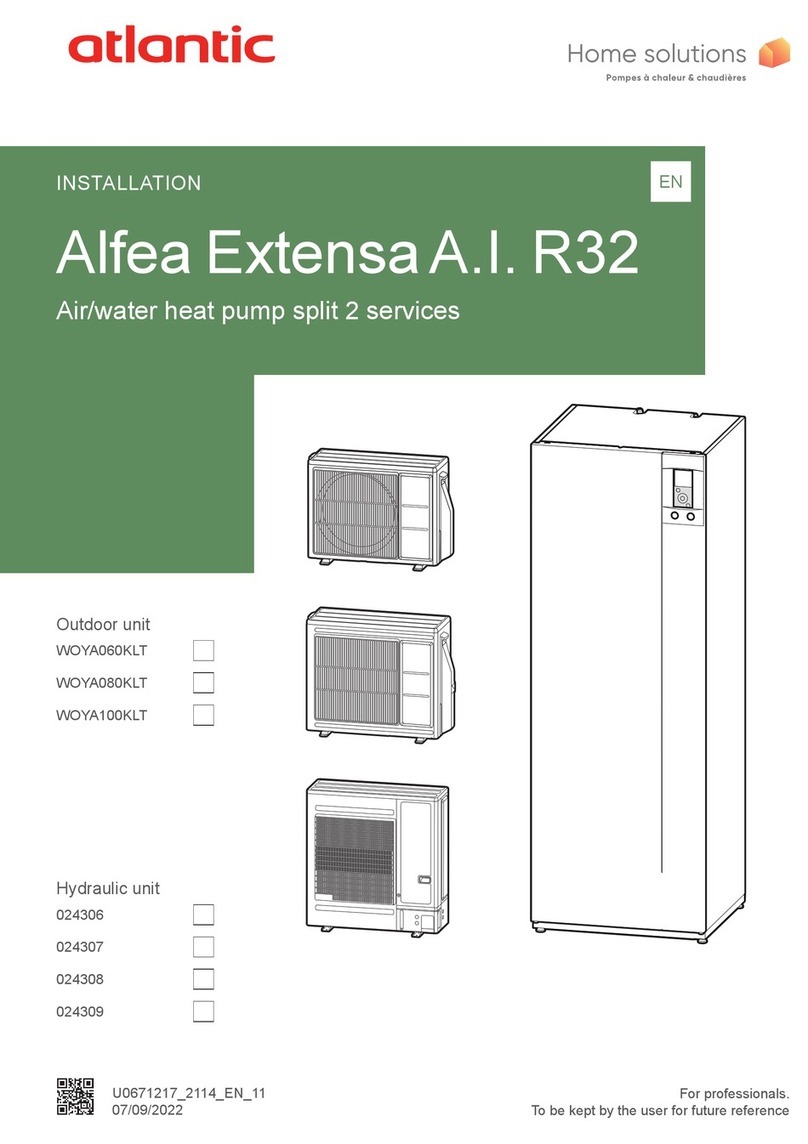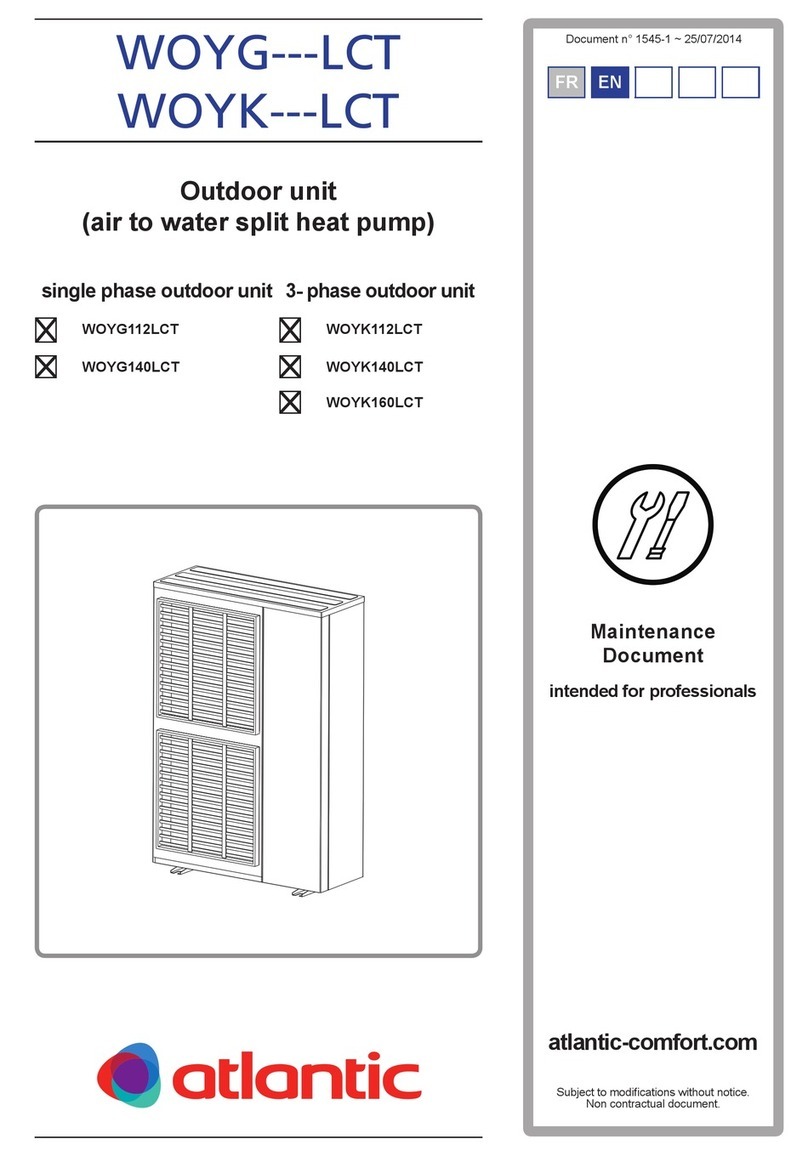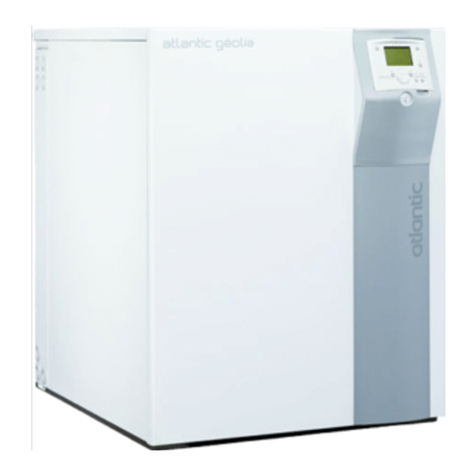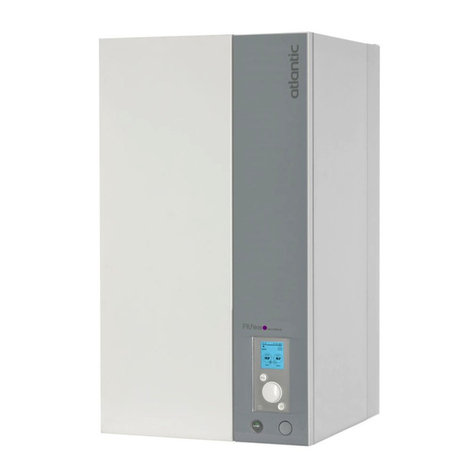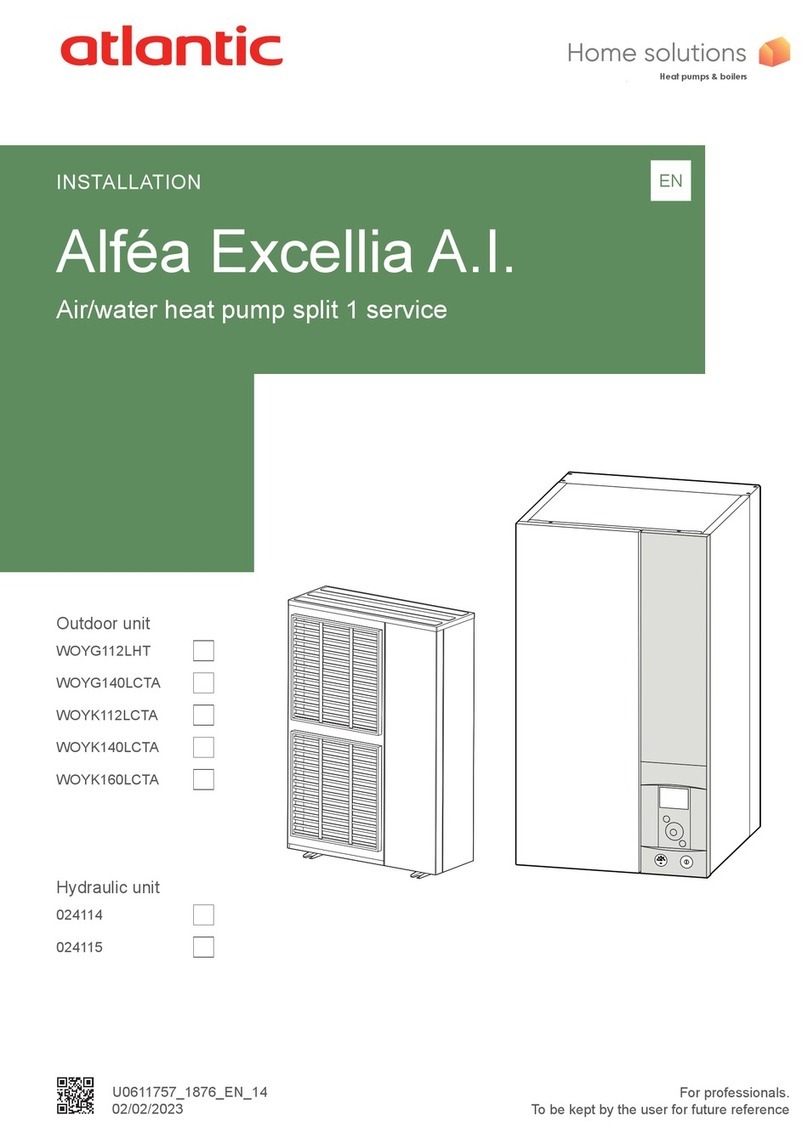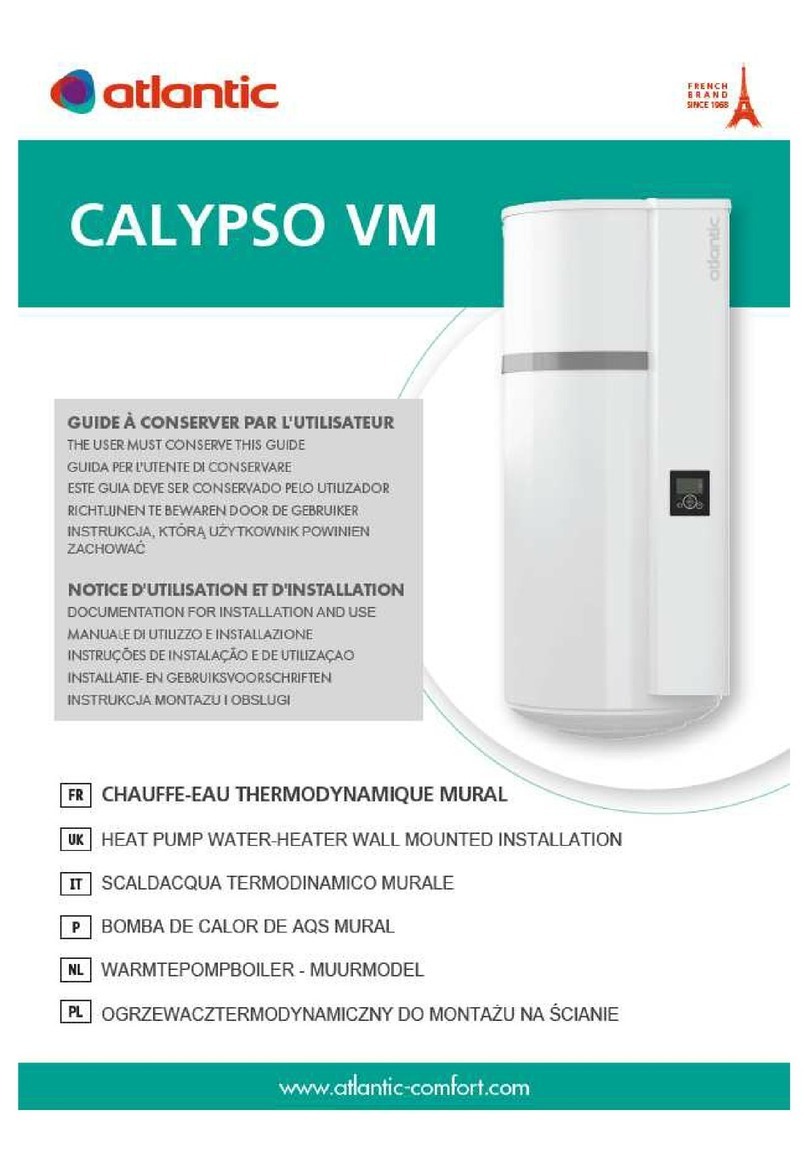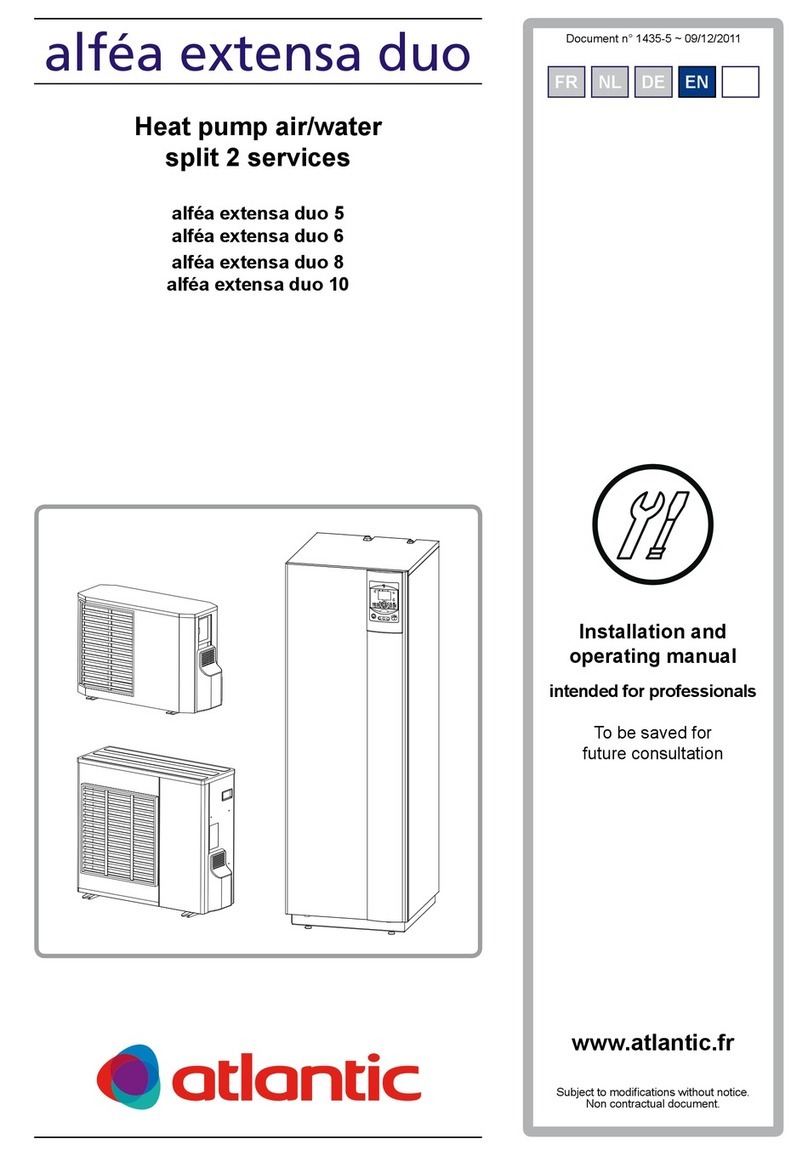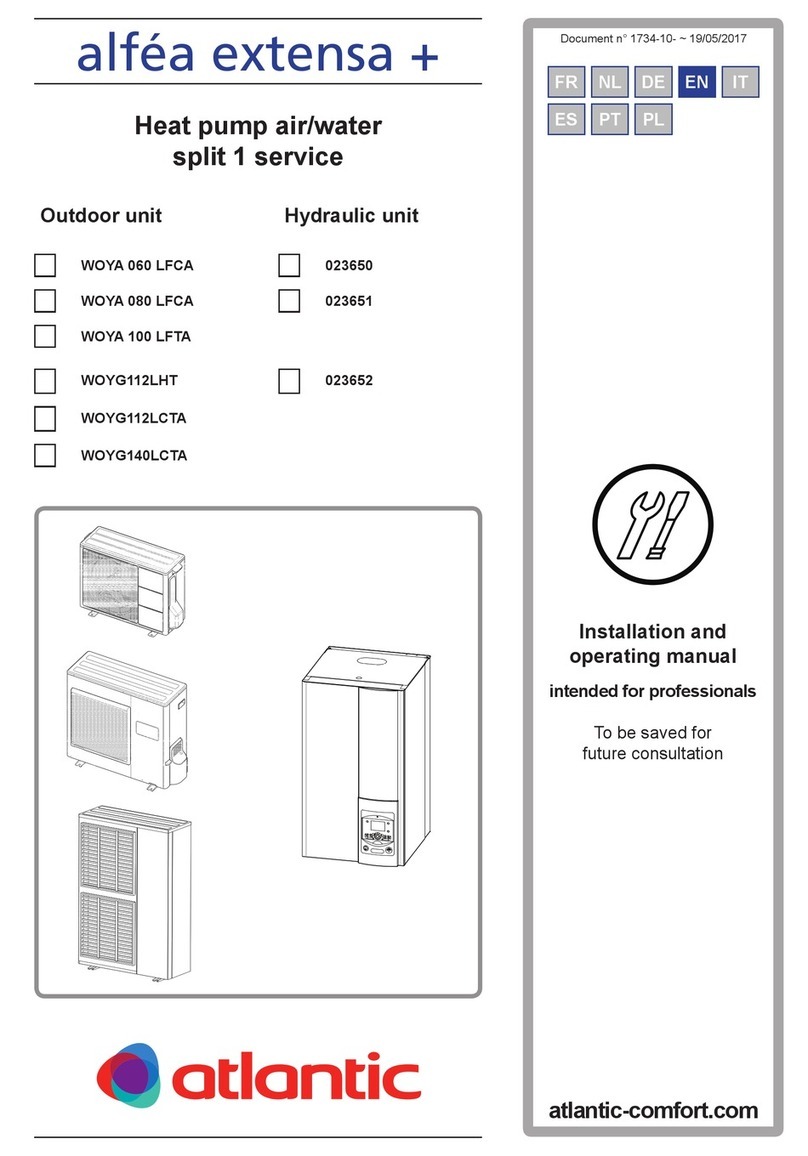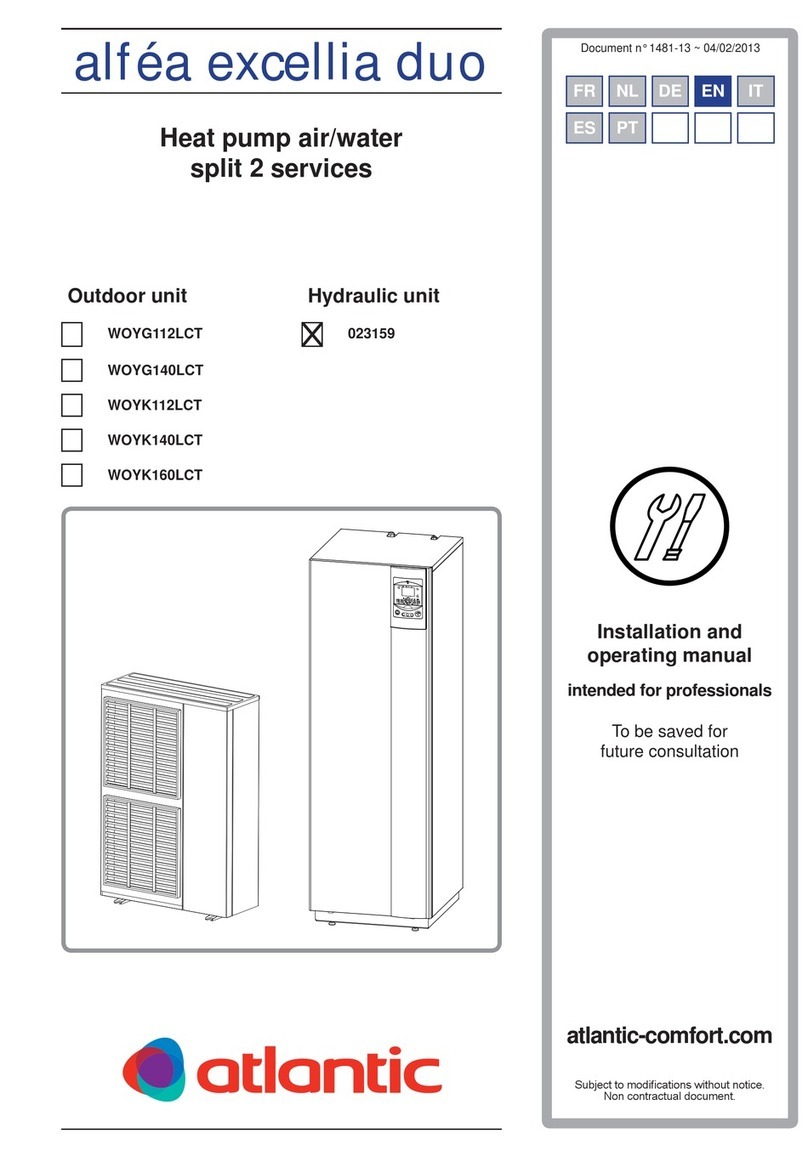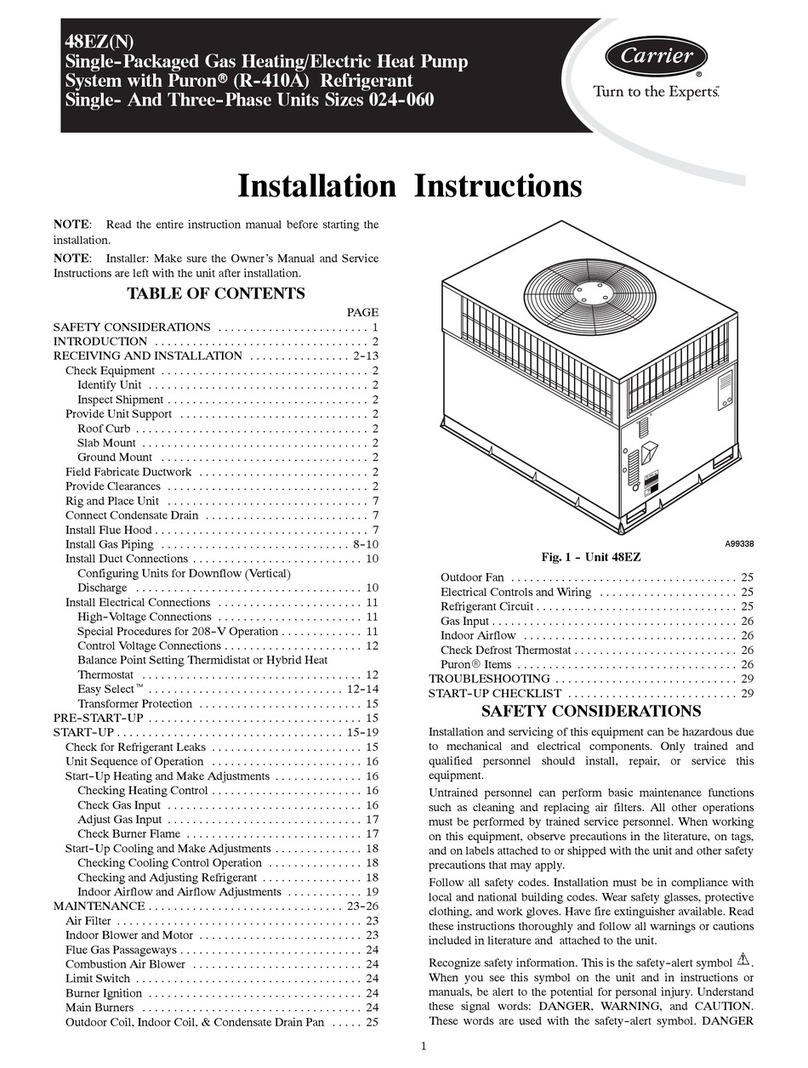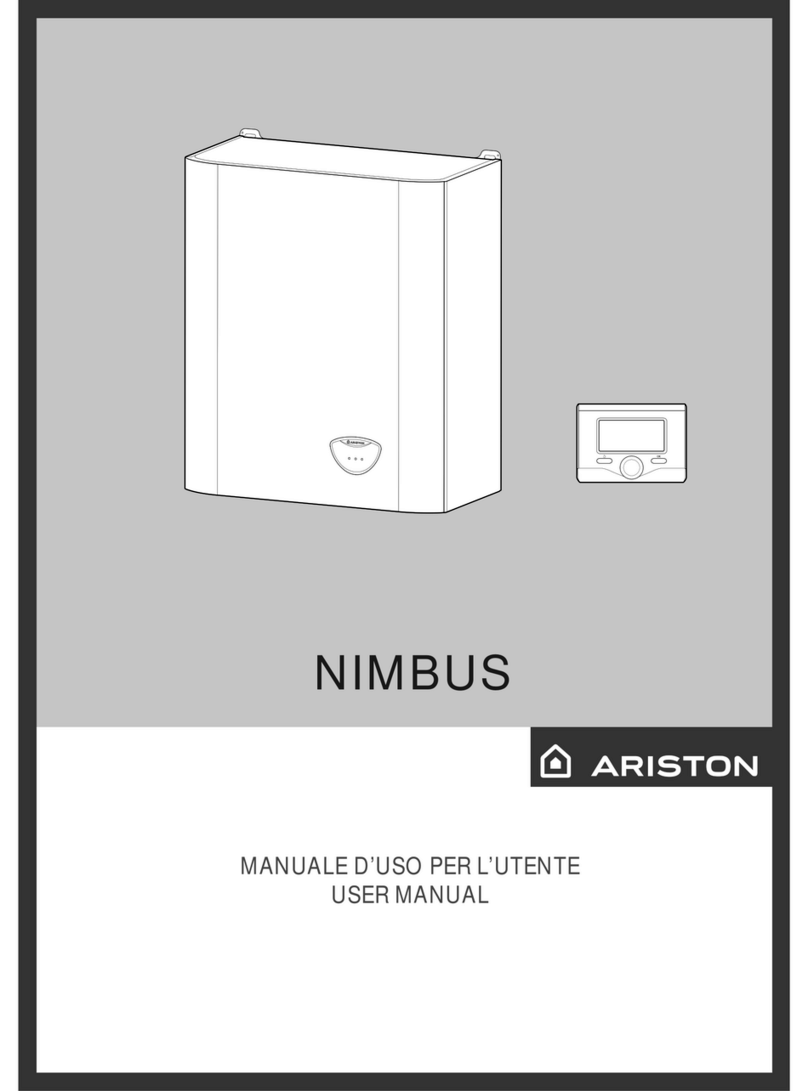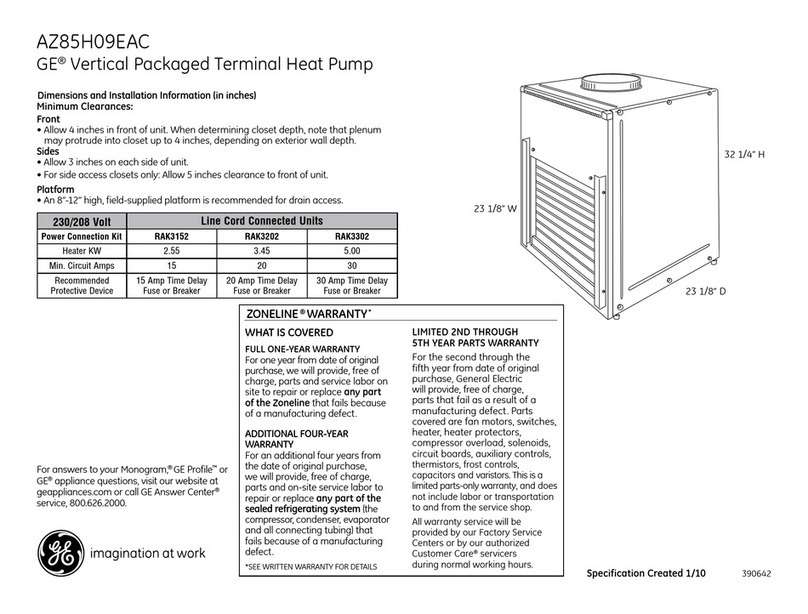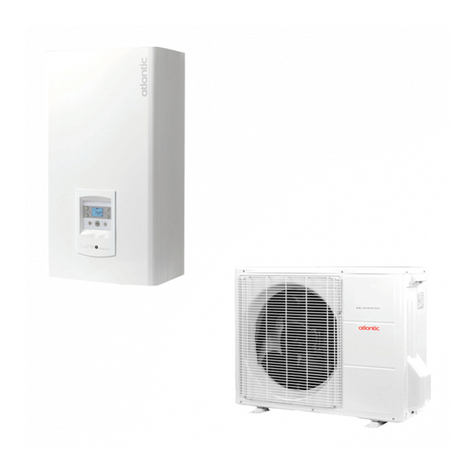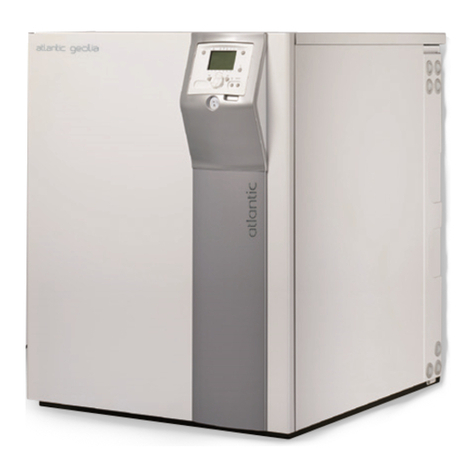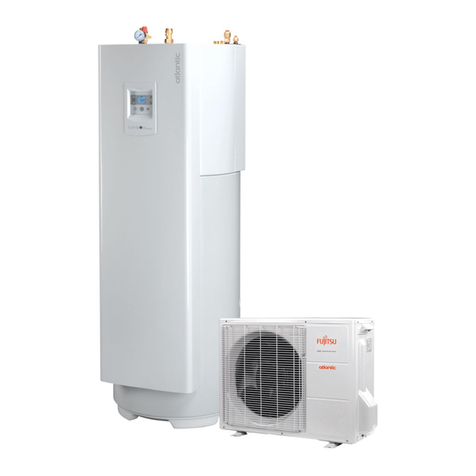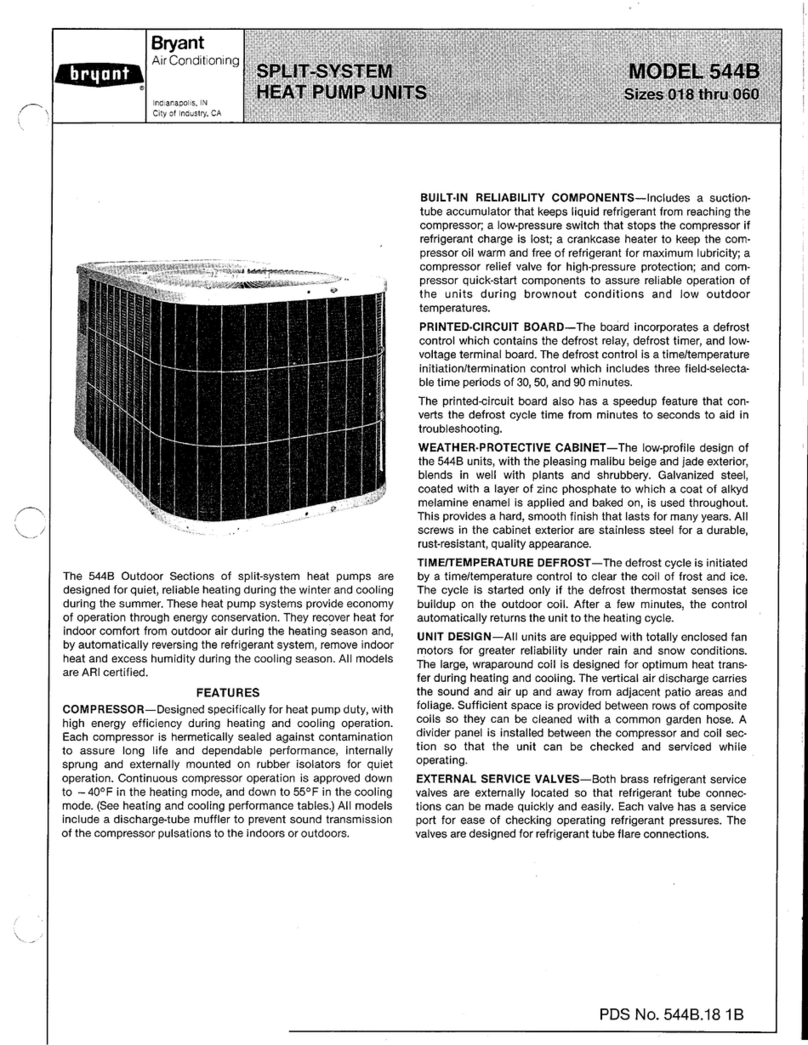
■Installation and maintenance rules
The appliance must be installed and maintained
by an approved professional in accordance with
the prevailing regulations and code of practice, in
particular:
• Do not use any means to accelerate the
defrosting process or to clean the appliance,
other than those recommended by the
manufacturer.
• The appliance must be stored in a room that
does not contain continuously operating
ignition sources (for example: open flames,
gas appliance or operating electric heater).
• Do not pierce or burn.
• Be careful, refrigerants can be odorless.
■Handling
The outdoor unit must not be in a horizontal
position during transport. Transport in a horizontal
position may damage the appliance by moving
the refrigerant and damaging the compressor's
suspensions. Damage caused by transportation
in a horizontal position is not covered by the
warranty.
If necessary, the outdoor unit may be tilted during
manual handling (to go through a door or use a
staircase).
This operation must be conducted very carefully
and the appliance must be immediately restored to
the upright position.
■Installation
The heat pump installation must meet the
requirements related to the location of the heat
pump.
The heat pump is designed to be installed at less
than 2000 m altitude.
In accordance with IEC 60-335-2-40 standard, the
hydraulic module of the heat pump as well as all
the refrigerant connections that cross the inhabited
area must be installed in rooms respecting the
minimum surface.
• Warning, hydraulic unit should not be installed
in an air current.
■Refrigerant
The maximum R32 fluid load after refilling must not
exceed 1.84 kg.
■Containment of refrigeration circuits
All refrigeration circuits are sensitive to dust and
moisture contamination. If any such pollutants
penetrate the refrigeration circuit, they can affect
the reliability of the heat pump.
• Make sure that the connections and
refrigeration circuits (hydraulic unit, outdoor
unit) are protected correctly.
• In the event of a subsequent failure and
following an inspection, the presence of
moisture or foreign bodies in the compressor
oil would automatically void the warranty.
- Check upon receipt that the fittings and refrigeration
circuit caps mounted on hydraulic unit and outdoor
unit are properly seated and secured (cannot be
loosened with bare hands). If this is not the case,
tighten them using a C spanner.
- Check also that the refrigeration connections are
sealed (plastic caps or tubes crimped at the ends
and brazed). If the caps must be removed during
the installation (tubes to be re-cut for example),
put them back as soon as possible.
■Hydraulic connections
The connection must comply with good engineering
practices according to the regulations in force.
Reminder: Make the assembly seals according to
good engineering practices in force for plumbing
work:
- Use suitable seals (fibre seals, O rings).
- Use Teflon or hemp tape.
- Use sealant (synthetic as required).
Reminder: The presence on the installation of a CB
disconnection function (IEC 61770), designed to
avoid heating water from returning to the drinking
water network, is required by articles 16.7 and 16.8
of the Standard Departmental Sanitation Rules.
Glycol must be used if the initial temperature
is less than 10°C (cooling on the fan-coil
heater). If water containing glycol is used,
carry out an annual check of the quality of
the glycol. Use monopropylene glycol only.
Never use monoethylene glycol.
In certain installations, the presence of different
metals can cause corrosion problems; in this
case, the formation of metal particles and sludge
in the hydraulic circuit is seen. Use a corrosion
inhibitor in the proportions recommended by its
manufacturer.
It is also necessary to ensure that the treated
water does not become aggressive.
Place on the cold water supply a security unit with
calibrated valve 7 to 10 bar max. (depending on
local regulations), which will be connected to the
sewer vent. Operate the safety unit according to the
manufacturer's specifications. There should be no
valve between the safety unit and the tank.

